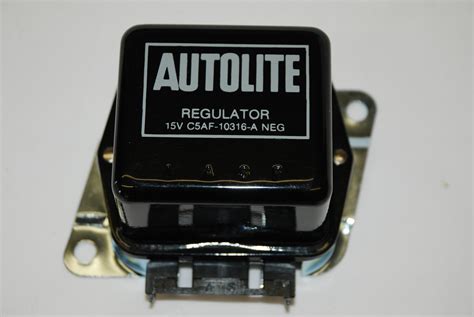
7812 IC – A Comprehensive Guide
What is a Voltage Regulator? A voltage regulator is an electronic component that maintains a constant output voltage despite variations in input voltage or load[…]

Voltage Boosting Circuit: Detailed Steps on How to Build One
Table of Contents Introduction to Boost Converters Components Required Boost Converter Design Considerations Step-by-Step Assembly Instructions Testing and Verification Troubleshooting Common Issues Applications and Use[…]
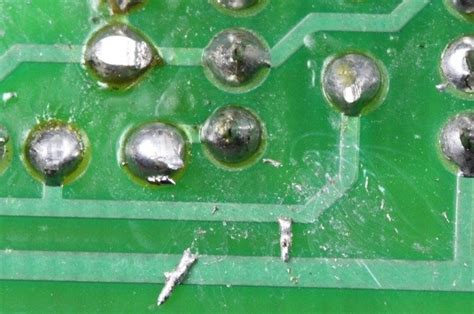
Typical Error Categories for BGA PCB Soldering Joints
Types of BGA PCB Soldering Defects 1. Open Joints (Cold Solder Joints) Open joints, also known as cold solder joints, occur when there is insufficient[…]
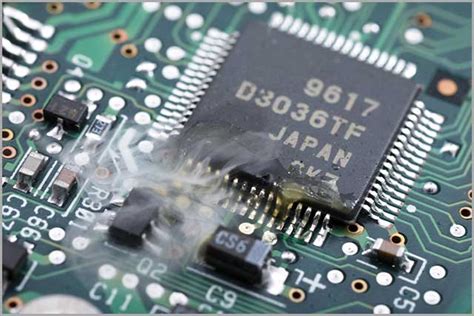
Everything You Need To Know About PCB Soldering
What is PCB Soldering? PCB soldering is the process of joining electronic components to a PCB using molten solder. The solder, which is typically a[…]
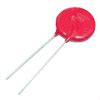
Varistor Symbols: A Complete Guide On Its Working and Applications
Introduction to Varistors A varistor, short for variable resistor, is an electronic component that provides protection against voltage spikes in electrical circuits. Also known as[…]
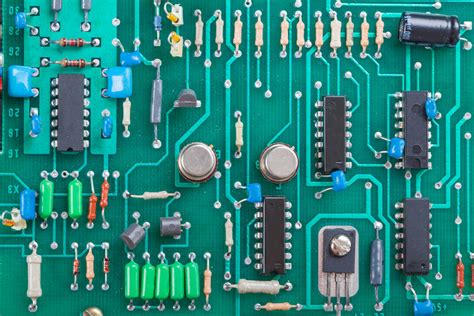
Circuit Board Components Identification: A Comprehensive Guide
Introduction to Circuit Board Components A circuit board, also known as a printed circuit board (PCB), is the foundation of modern electronic devices. It is[…]
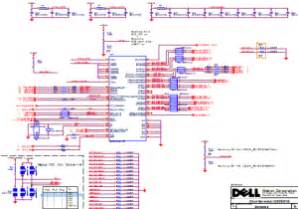
Creating the Layout from your Schematic
Introduction to Layout Design Creating a successful PCB layout from a schematic is a critical step in the electronics design process. The schematic defines the[…]
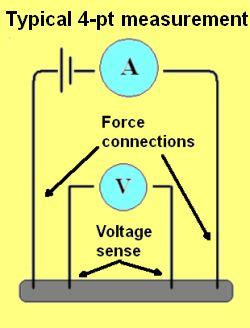
What is Four-Terminal Sensing: Micro Resistance Test for Advanced PCB
Introduction to Four-Terminal Sensing Four-terminal sensing, also known as Kelvin sensing, is a highly accurate method for measuring low resistances in advanced printed circuit boards[…]
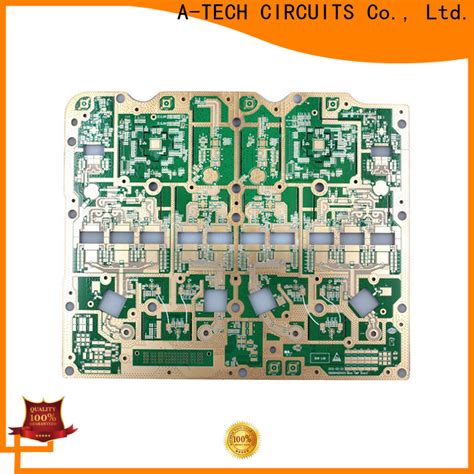
What is Carbon Ink PCB – A Complete Introduction
What are Carbon Ink PCBs? Carbon Ink PCBs are printed circuit boards that use conductive carbon-based inks instead of the conventional copper traces. These inks[…]
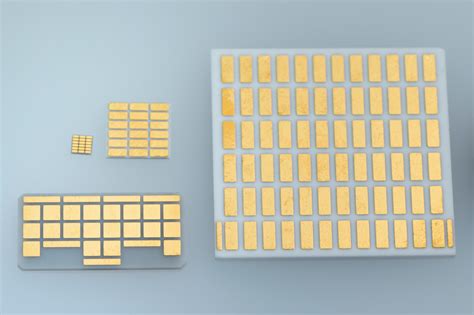
What is Ceramic PCB – A Complete Introduction
Introduction to Ceramic PCB Ceramic Printed Circuit Boards (PCBs) are a specialized type of PCB that utilizes ceramic materials as the substrate instead of the[…]